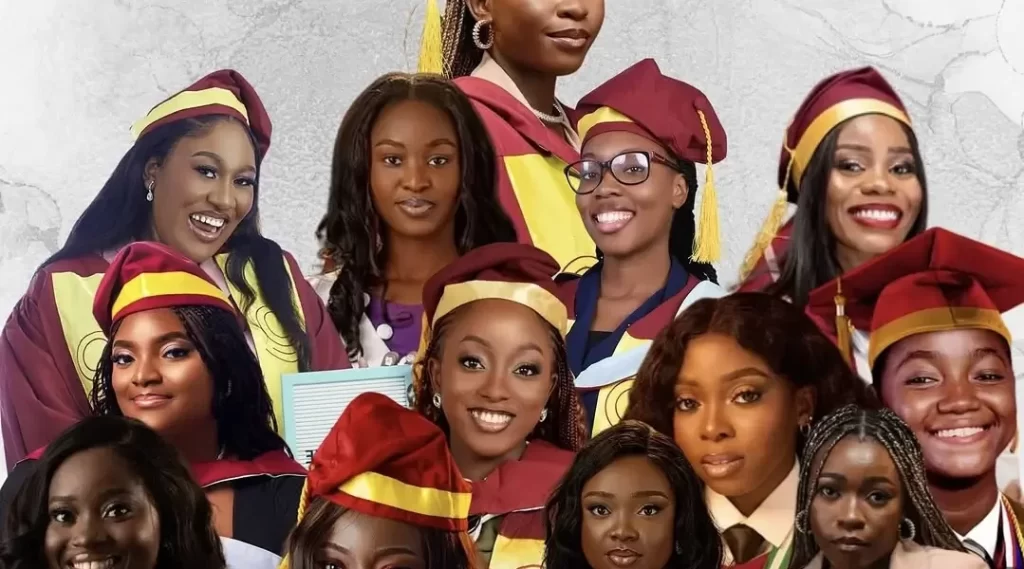The University of Lagos made history with the announcement of 18 all-female first-class graduates from its Mass Communication Department. Their achievement, celebrated during the university’s 55th Convocation ceremony, is a testament to their resilience and hard work.
While joining in commending the female students for their outstanding performance, we wish to note that the celebration calls for reflection on a troubling reality: while women often dominate media schools, they are conspicuously underrepresented in media practice.
The gender gap in Nigerian media is a long-standing issue. In any journalism or mass communication class, there are likely to be more women than men. Yet, this ratio rarely translates into professional practice. Women make up only a fraction of newsroom reporters, editors, and producers. Even fewer hold leadership positions or cover beats such as politics, crime, or investigative reporting, which are often viewed as the preserve of their male counterparts. This disparity raises questions about why so many women, despite their qualifications, do not remain in the field.
One key reason is the clash between societal expectations and the demands of media practice. Journalism, for instance, often requires long hours, unpredictable schedules, and frequent travel. These demands can be difficult to balance with traditional gender roles that expect women to prioritise domestic responsibilities. Many women who enter the industry find themselves torn between the pressures of work and the expectations of family life, leading them to leave the profession altogether.
Workplace conditions also play a significant role. Media houses can be challenging environments for women, with issues such as sexual harassment, discrimination, and a lack of support systems. Without clear policies to protect and support female journalists, many feel unsafe or undervalued and are forced to seek opportunities elsewhere.
Another factor is the glass ceiling that exists in many media organisations. While women are often visible in entry-level positions, they are rarely given opportunities to rise to leadership roles. Editorial boards and management positions remain overwhelmingly male-dominated, creating a barrier for women who aspire to shape the direction of newsrooms.
It is also worth noting the subtle but persistent undervaluing of women’s contributions in media. Female journalists are often assigned to “soft” beats like lifestyle and entertainment, while men are favoured for politics, business, and other high-stakes reporting. This division not only limits women’s career growth but also reinforces stereotypes about what women are capable of achieving in the industry.
The challenges women face in the media industry are not unique to journalism. Public relations, advertising, and other branches of media practice also reflect similar patterns of underrepresentation. Many female journalists prefer other areas of mass communication, such as marketing communications and public relations, which offer structured work hours and perceived stability. While these roles are critical to the media ecosystem, the underrepresentation of women in journalism limits the diversity of perspectives essential for comprehensive news coverage.
Yet, the importance of retaining women in media cannot be overstated. The stories we consume are shaped by those who tell them. A lack of female voices in the newsroom means that critical perspectives are missing from public discourse. This absence is not just a loss for women; it is a loss for society.
To address this gender gap, media organisations must take deliberate steps to create environments where women can thrive. Flexible work arrangements, such as remote working and family-friendly schedules, can help women balance their professional and personal lives. Anti-harassment policies must be enforced to ensure that women feel safe and valued in their workplaces.
Mentorship and sponsorship programmes can also make a significant difference. Experienced female professionals can guide younger colleagues, while male allies can advocate for equal opportunities and challenge discriminatory practices. Media organisations must also invest in training and leadership development programmes that equip women with the skills and confidence to take on senior roles.
Beyond the workplace, academic institutions have a role to play in bridging the gap. Media schools should better prepare students for the realities of the profession. Well-structured partnerships between universities and media organisations can provide female students with internships, mentorship opportunities, and exposure to real-world challenges that can make the media more attractive to them.
The excellent performance of the female students affirms the talent and potential that women bring to the media. These young women have defied the odds to excel academically. Now, the challenge is to ensure that they, and others like them, are supported in translating their academic success into fulfilling media careers.
It is time for the media industry to confront its gender imbalance and create a more inclusive profession. Women’s voices and perspectives are essential to the stories we tell and the issues we address. Retaining female talent is not just about fairness; it is about ensuring that the media reflects the diversity and complexity of society itself.
This moment is an opportunity for change. The achievements of these graduates should inspire us to reimagine a media industry where women are not just present but are leaders and innovators. Let us move beyond celebration and commit to action.
Editorial Board members: Abdulwarees Solanke (Chairman), Mrs Goodness Chibunna, Dr Qasim Akinreti, Dr Olayinka Oyegbile, Professor Oloruntola Sunday, Mr Lekan Otufodunrin.

